
John Joseph Cahill, also known as Joe Cahill or J. J. Cahill, was a long-serving New South Wales politician, railway worker, trade unionist and Labor Party Premier of New South Wales from 1952 to his death in 1959. Born the son of Irish migrants in Redfern, New South Wales, Cahill worked for the New South Wales Government Railways from the age of 16 before joining the Australian Labor Party. Being a prominent unionist organiser, including being dismissed for his role in the 1917 general strike, Cahill was eventually elected to the Parliament of New South Wales for St George in 1925.
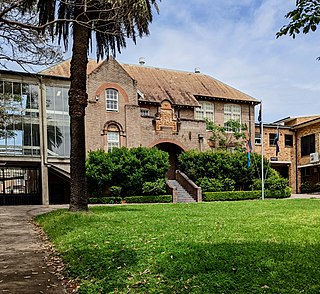
North Sydney Boys High School is a government-funded, single-sex, academically selective secondary day school for boys, located at Crows Nest, on the Lower North Shore of Sydney, New South Wales, Australia. In 2022, North Sydney Boys High School ranked as the second high school in the state, based on the percentage of exams sat that achieved a Distinguished Achievers (DA).

The Australian Institute of Architects is the professional body for architects in Australia. The post-nominals of FRAIA (Fellow) and RAIA continue to be used. The Institute supports 14,000 members across Australia, including 550 Australian members who are based in architectural roles across 40 countries outside Australia. SONA is the national student-membership body of the Australian Institute of Architects.

David Henry Souter was an Australian artist and journalist. A stocky and humorous man, Souter wrote short stories, verse, light articles and plays, with a capable and ready pen. He did a fair amount of painting in watercolor, but his reputation rests on his black-and-white work, which, considering the mass of it, was very even in quality. He also illustrated volumes written by Ethel Turner and other Australian authors.

Sir George Stephenson Beeby KBE was an Australian politician, judge and author. He was one of the founders of the Labor Party in New South Wales, and represented the party in state parliament from 1907 to 1912. He fell out with the party and later served as an independent, a Nationalist, and a Progressive. He left parliament in 1920 to join the state arbitration court, and in 1926 was appointed to the Commonwealth Court of Conciliation and Arbitration. He was Chief Judge from 1939 until his retirement in 1941.
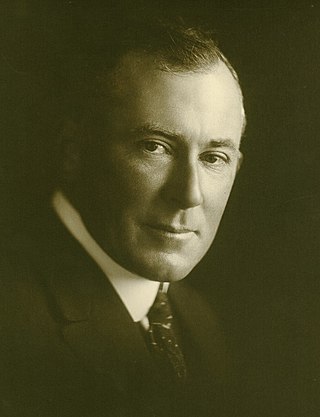
Sir John William Ashton, OBE, ROI was a prolific Australian Impressionist artist and director of the National Art Gallery of New South Wales from 1937 to 1943.

Cranbrook is a large house built at Rose Bay in Sydney, New South Wales, Australia. Built in 1859 as a private residence, the house was used as an official residence for the Governor of New South Wales and Governor-General of Australia, it is now part of Cranbrook School.
Frank Beaumont "Beau" Smith, was an Australian film director, producer and exhibitor, best known for making low-budget comedies.

Edmund Duggan was an Irish-born actor and playwright who worked in Australia. He is best known for writing a number of plays with Bert Bailey including The Squatter's Daughter (1907) and On Our Selection (1912). His solo career was less successful than Bailey's. His sister Eugenie was known as "The Queen of Melodrama" and married noted theatre producer William Anderson, for whom Duggan frequently worked as an actor, writer and stage manager.
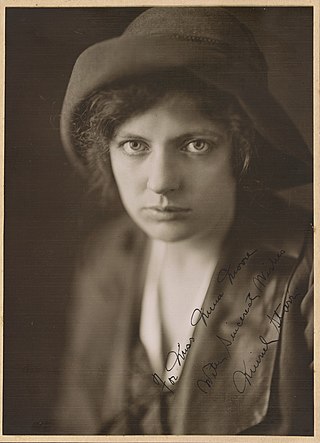
Muriel Starr was a Canadian stage actress. She was particularly popular in Australia in the 1910s and 1920s. She appeared in one film, Within the Law (1916), an adaptation of her stage success. She was also known for the plays East of Suez, Birds of Paradise and Madame X.
Constance Elizabeth Martyn was an Australian actress of stage and screen best known for playing Ma Rudd in Dad and Dave Come to Town.
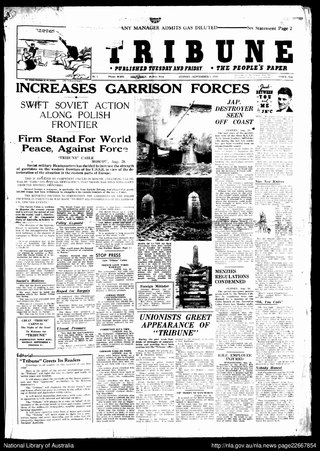
Tribune was the official newspaper of the Communist Party of Australia. It was published by the Central Committee of the Communist Party of Australia from 1939 to 1991. Initially it was subtitled as Tribune: The People's Paper. It was also published as the Qld Guardian, Guardian (Melbourne), Forward (Sydney). It had previously been published as The Australian Communist, (1920-1921) The Communist, (1921-1923) and the Workers' Weekly (1923-1939).

Herbert De Pinna (1883–1936) was a composer and medical doctor. He was a medicine graduate from Cambridge University who trained at Middlesex Hospital. He opened a hospital in Queensland, but claimed he made more money from music.
J. C. Williamson's, formerly Williamson, Garner, & Musgrove and Williamson and Musgrove, was an Australian theatrical management company and theatre owner. With its beginnings in the theatrical productions of J. C. Williamson and his partners in the nineteenth and early twentieth century, the company J. C. Williamson Limited was established in 1910. Colloquially known as The Firm or JCW, the company dominated Australian commercial theatre in the twentieth century and at one time was described as the largest theatrical firm in the world. It closed under financial pressure in 1976.

Minna Pauline Fischer was an Australian lyric soprano and singing teacher in London.
Fanny Simonsen, also written Fannie Simonsen, was a French soprano singer who had a substantial career on the Australian stage, later a concert manager with her violinist husband Martin Simonsen. Several daughters and one grand-daughter, Frances Alda, were first-rate singers.

Percy William Vaughan, known as Colonel Vaughan, was a bank manager and officer in the Australian Army.
Frederick Ward was an English-born actor and theatre manager in Australia. He founded Sydney's first repertory theatre.
Frank Greene born Frank William Green in Portsmouth, England, was an English baritone singer and comedian in Australia from 1909 to 1920, when he left for America.
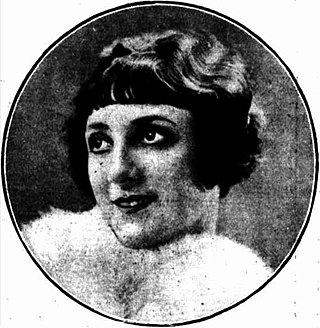
Patti Russell was an Australian soprano singer, playing in grand opera and Gilbert and Sullivan for nine years (1919–1928) to universal acclaim. Little is known of her early life, or any subsequent activities.